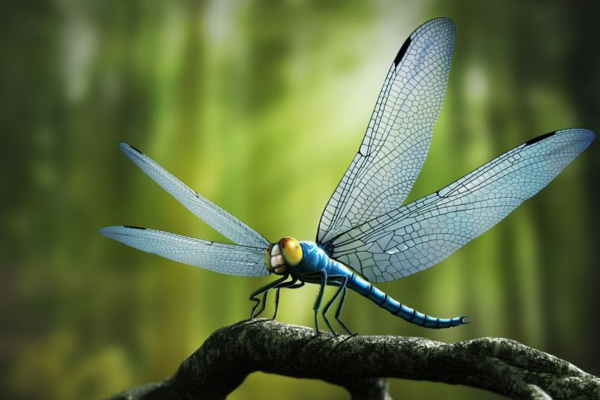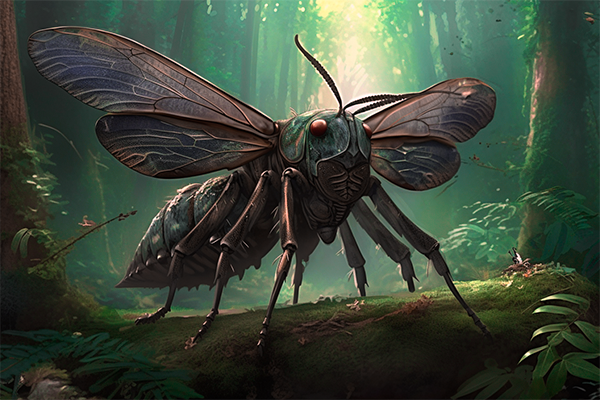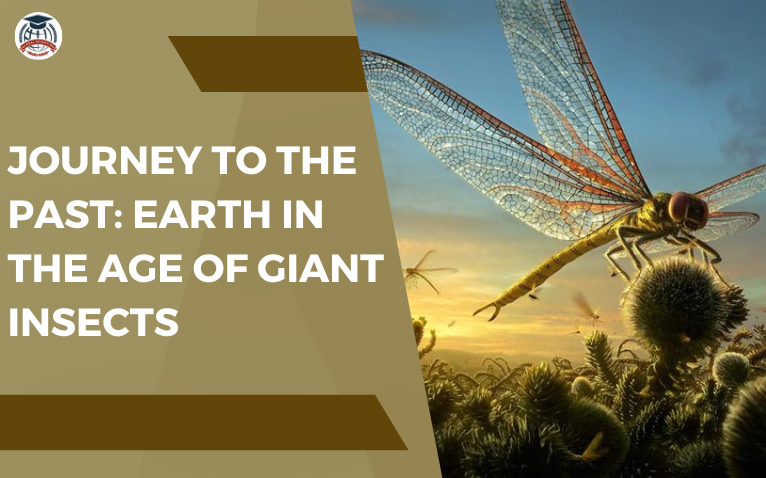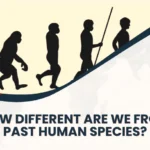Imagine a journey back in time, a trip that allows us to explore an Earth entirely unlike the one we know today. Picture a world where colossal insects ruled the land and towering ferns and massive trees dominated the landscape. Join me on a fascinating expedition as we delve into Earth during the remarkable Age of Giant Insects.
The Carboniferous Period: A Prehistoric Wonderland
Our voyage takes us approximately 359 to 299 million years back in time to the Carboniferous Period, a geological epoch of extraordinary character. During this era, Earth was a world unto itself, radically different from the planet we inhabit today. The continents were not yet arranged in the configurations we recognize, instead scattered across the globe.
One of the most seductive features of this ancient planet was its lush flora. Huge forests dotted with towering trees, such as sigillaria and lepidodendron, stretched as far as the eye could reach. With some of these trees growing to heights of more than 100 feet, a thick, impenetrable canopy covered many kilometers.
The Lords of the Sky

Yet, the Meganeura were not the sole aerial giants of the Carboniferous. Gigantic griffin flies, boasting wingspans surpassing 28 inches (71 cm), also took to the heavens. These insects were well-suited to their environment, preying on smaller insects and even small vertebrates.
Down on the forest floor, enormous arachnids named Arthropleura went about their business. These millipede-like creatures could grow up to 8.5 feet (2.6 meters) in length, making them some of the most massive land invertebrates in Earth’s history. Their herbivorous diet consisted primarily of abundant plant matter, and they played a crucial role in the Carboniferous ecosystem.
The Twilight of Giant Insects

As the Carboniferous Period neared its conclusion, Earth underwent significant transformations. The continents began to merge, ultimately forming the supercontinent of Pangea. This momentous shift altered the climate and vegetation, leading to the decline of the once-thriving Carboniferous forests.
These changes held significant consequences for the giant insects of the era. The declining levels of atmospheric oxygen posed increasing challenges for them to sustain their colossal sizes. Large insects require more oxygen to support their metabolism, and as the atmosphere shifted, they could no longer maintain their immense proportions.
Consequently, the era of giant insects gradually waned, making way for smaller, more adaptable species. The descendants of the Meganeura and griffin flies evolved into the smaller dragonflies and damselflies we encounter today. Likewise, the colossal Arthropleura-like creatures were succeeded by smaller millipedes and centipedes.
Conclusion
Our expedition to the past, to the Earth in the Age of Giant Insects, offers a mesmerizing glimpse into a world that appears almost extraterrestrial when compared to our contemporary reality. The Carboniferous Period was characterized by towering trees, lush forests, and colossal insects that defy our modern understanding of these creatures.
The presence of giant insects during this ancient epoch was made possible by the unique environmental conditions of the time, particularly the elevated levels of atmospheric oxygen. But these giants progressively disappeared as the planet changed drastically, leaving smaller, more adaptive insect species in their wake.
Studying Earth’s past offers priceless insights into how life evolved on our planet and the significant impact of environmental variables on species diversity. The Age of Giant Insects is a moving reminder of how dynamic our planet is and emphasizes how crucial adaptability is to a species’ long-term survival spanning millions of years.







0 Comments